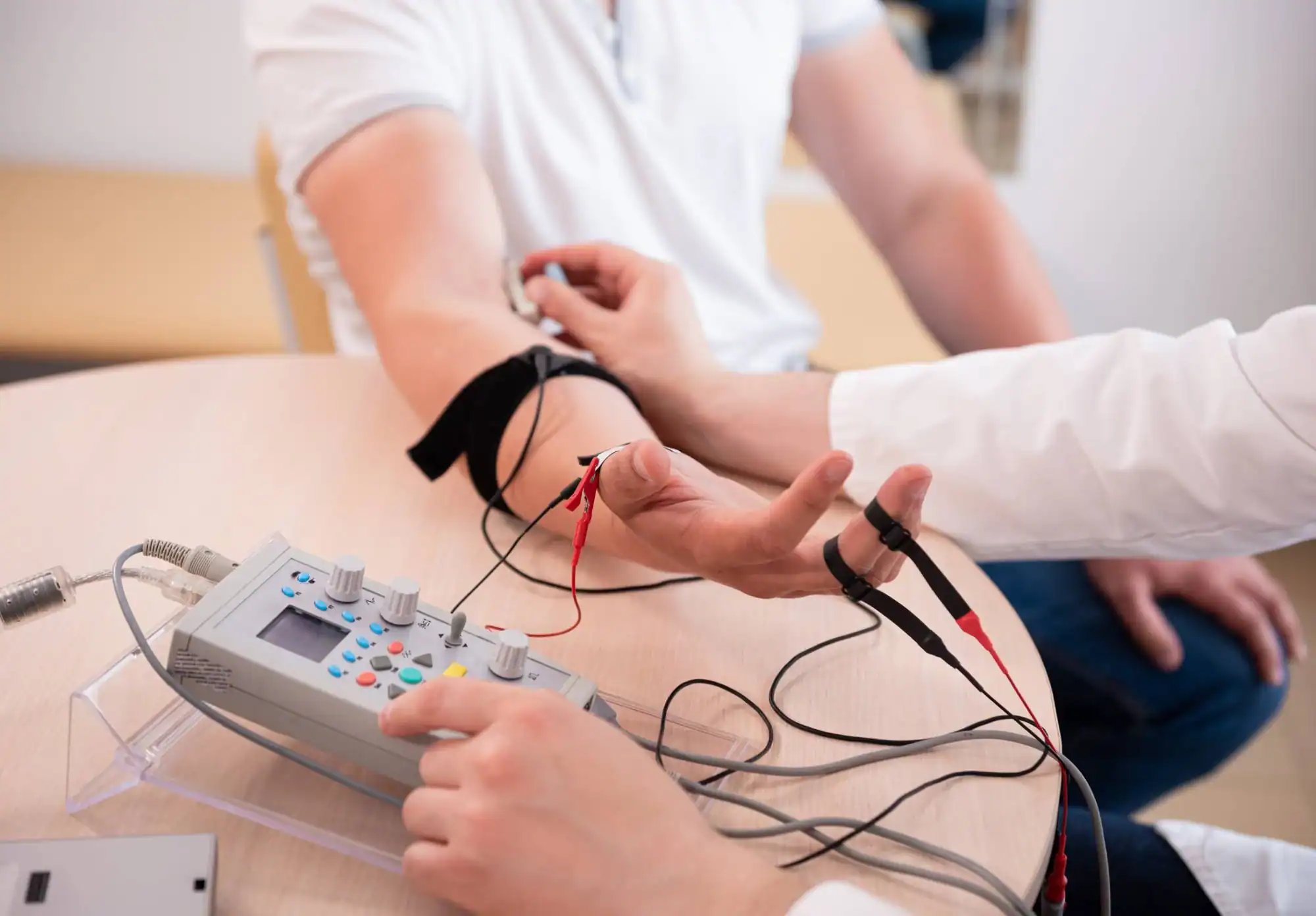Professional electromyography testing that pinpoints exactly what’s causing your muscle weakness, numbness, or tingling.
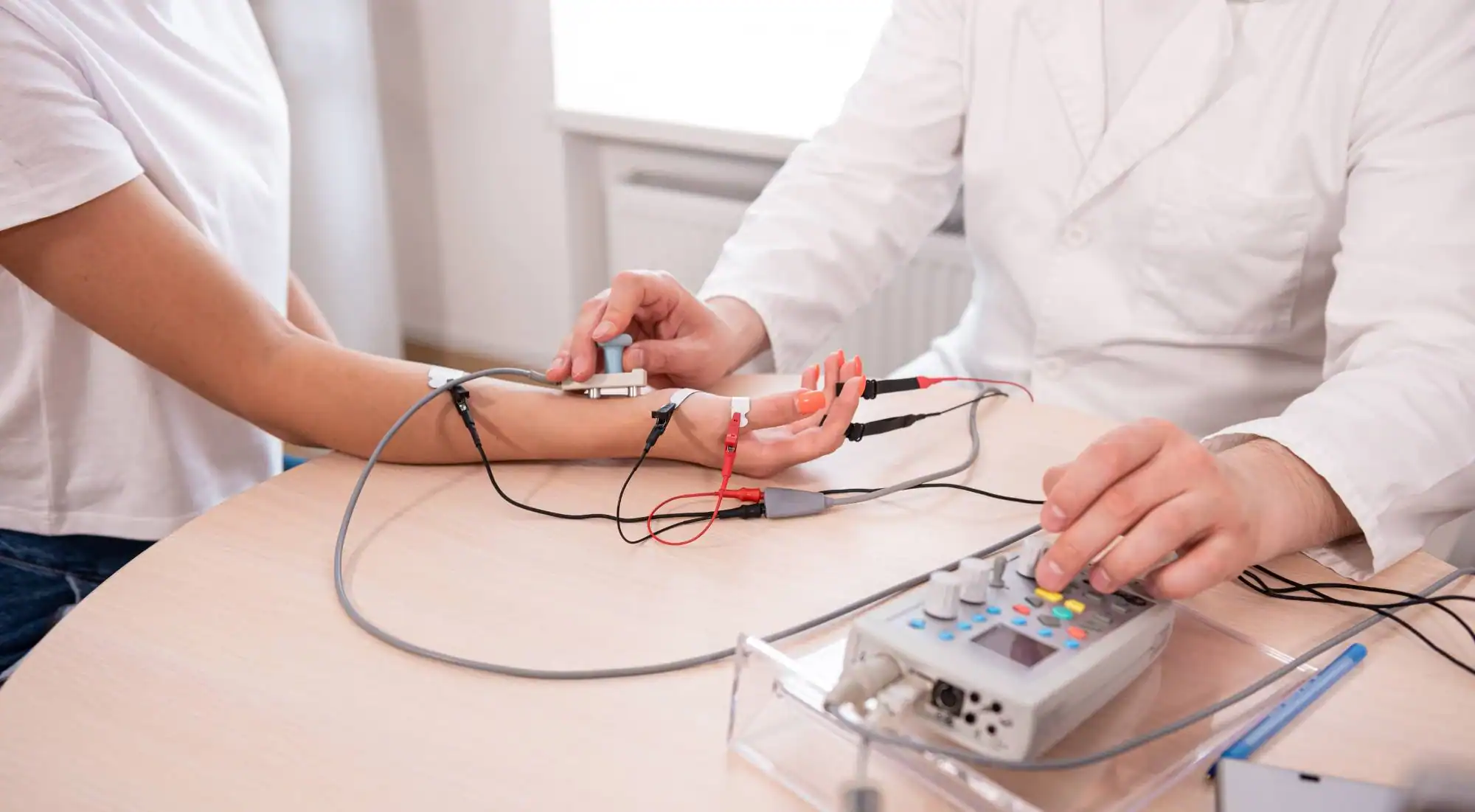
Reviews
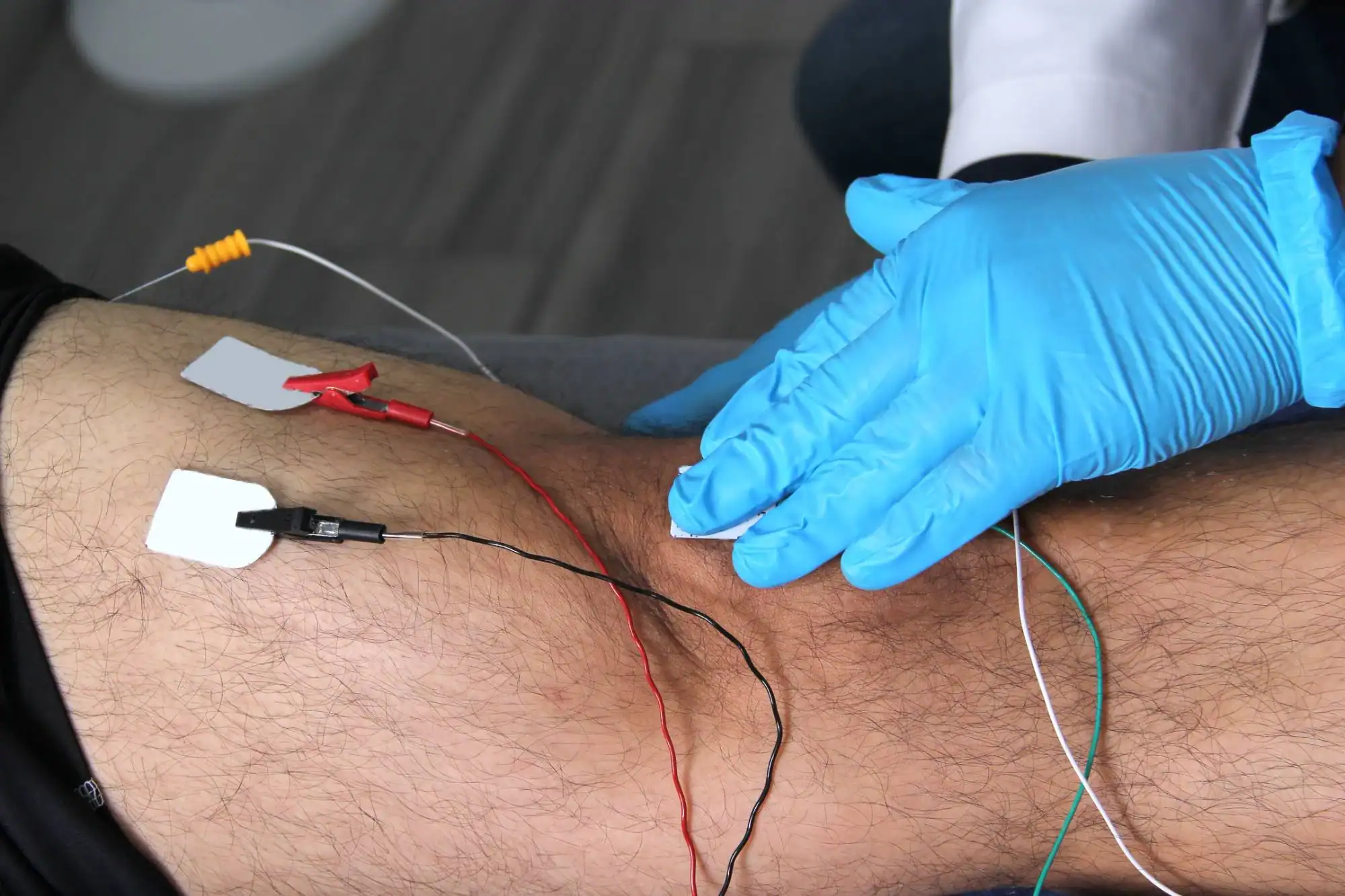
You’ve been dealing with symptoms that don’t make sense. Muscle weakness that comes and goes. Numbness in your hands or feet. Tingling that keeps you awake at night. Your regular doctor suspects a nerve problem, but you need concrete answers.
EMG testing gives you those answers. This diagnostic procedure measures the electrical activity in your muscles and nerves, revealing exactly where the problem lies. Whether it’s carpal tunnel syndrome, a pinched nerve, or something more complex, you’ll know what you’re dealing with.
No more guessing. No more wondering if it’s all in your head. Just clear, measurable results that point toward the right treatment. Most patients leave with a complete understanding of their condition and a clear path forward.
NY Spine Medicine has been serving the Inwood community and Northern Manhattan for years, specializing in comprehensive spine and neurological care. We combine advanced diagnostic capabilities with personalized patient care.
Our team includes board-certified specialists who perform hundreds of EMG tests annually. We understand that coming in for nerve testing often means you’re dealing with concerning symptoms that are affecting your daily life.
Located conveniently in Inwood, we serve patients throughout Northern Manhattan who need accessible, professional neurological testing without the hassle of traveling to distant medical centers.
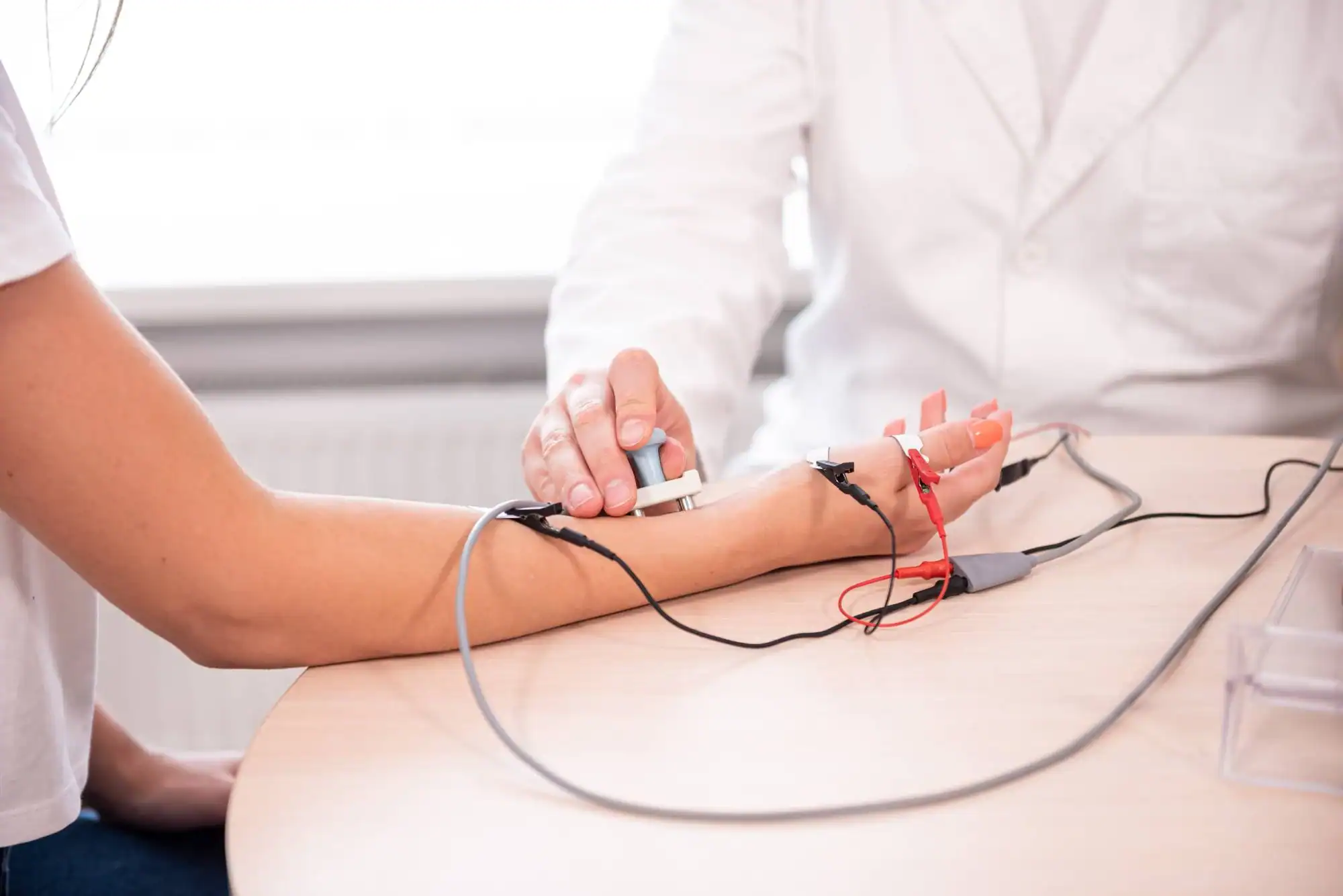
The EMG test happens in two parts, both performed during the same visit. First comes the nerve conduction study, where small electrodes are placed on your skin to measure how well your nerves transmit electrical signals. You’ll feel mild electrical pulses, but nothing painful.
Next is the needle EMG, where a thin needle electrode is inserted into specific muscles to measure their electrical activity. The needle is much thinner than those used for blood draws, and most patients find it more uncomfortable than painful.
The entire process typically takes 30 to 60 minutes, depending on which nerves and muscles need testing. You’ll get your results immediately, along with a clear explanation of what they mean. If treatment is needed, you’ll leave with specific next steps and referrals if appropriate.
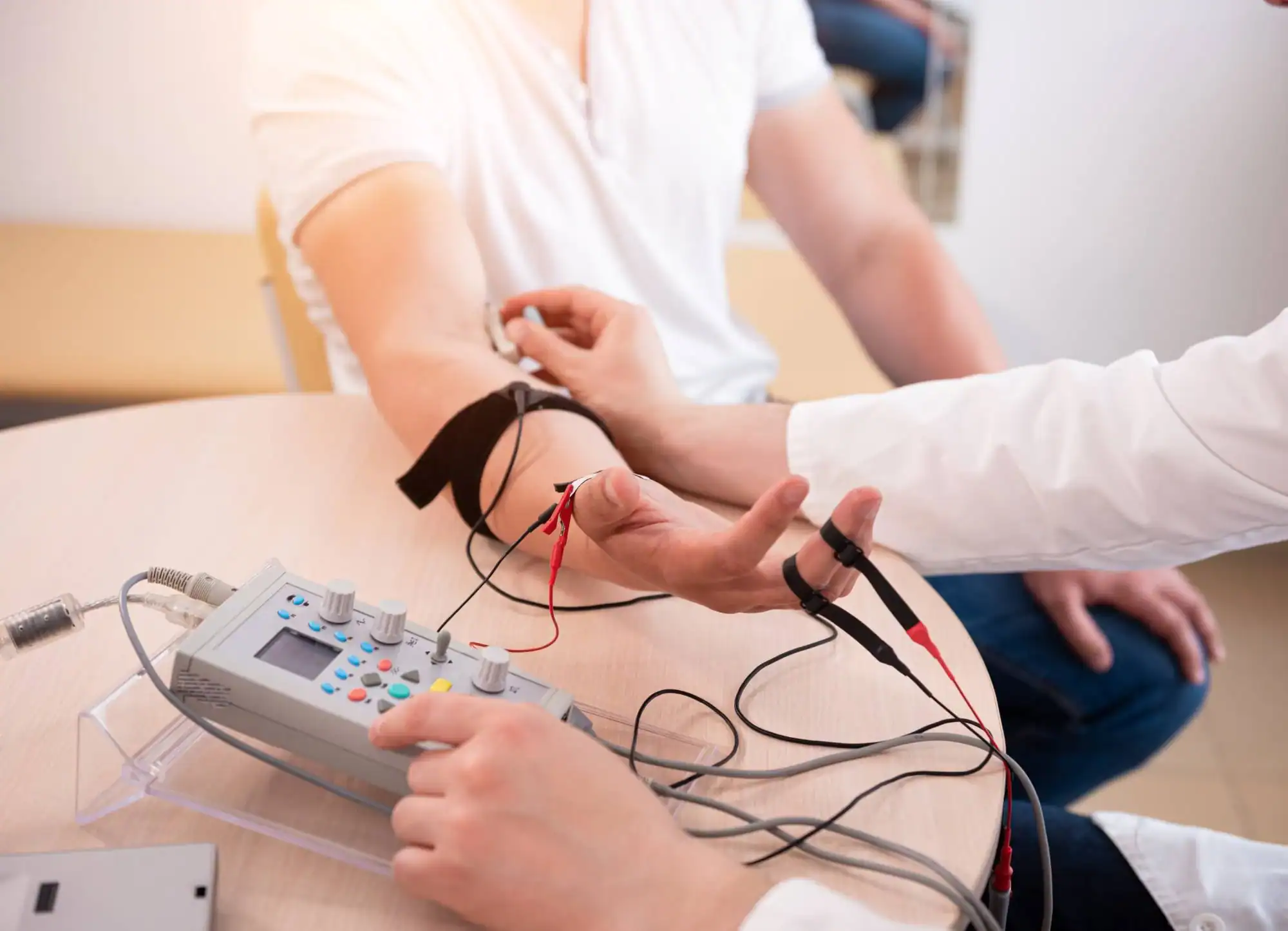
Ready to get started?
Your EMG testing includes both electromyography and nerve conduction studies in one comprehensive appointment. This combination provides a complete picture of your nerve and muscle function, identifying issues that might be missed with just one type of testing.
The testing can diagnose conditions like carpal tunnel syndrome, herniated discs affecting nerve function, peripheral neuropathy, muscle disorders, and pinched nerves throughout your body. Many Inwood residents come in for workplace-related repetitive strain injuries or back problems that are causing nerve symptoms.
You’ll receive detailed results immediately after testing, along with a written report for your referring physician. We coordinate with your other healthcare providers to ensure your treatment plan addresses the specific findings from your EMG test.
